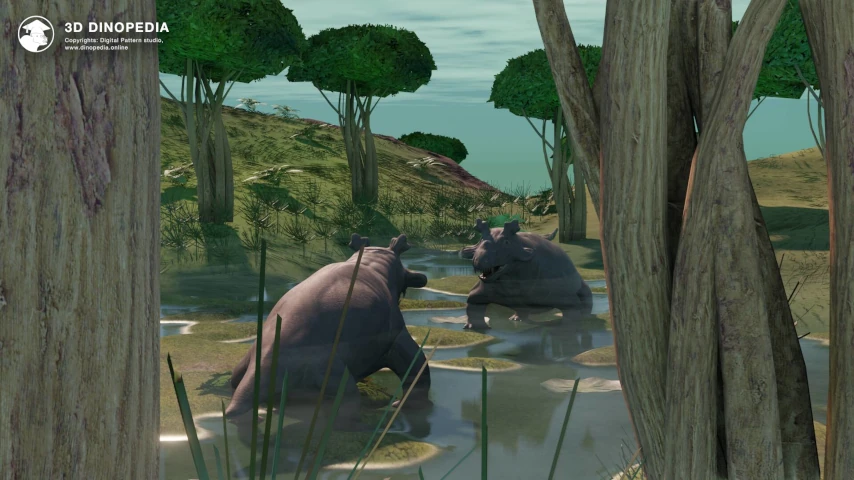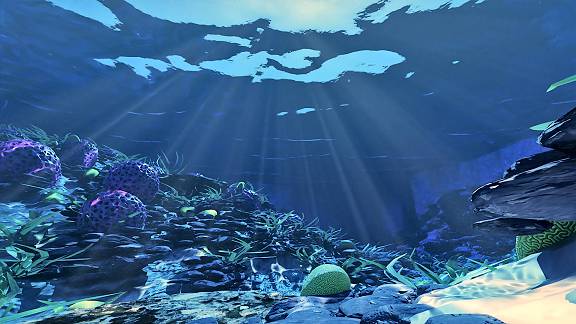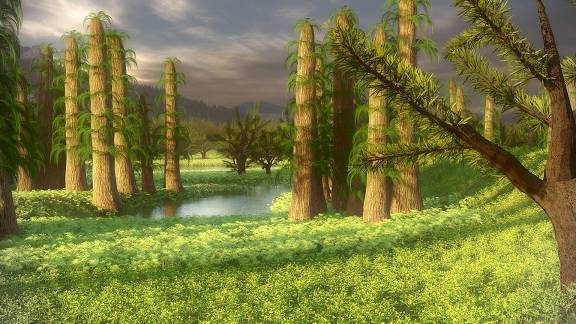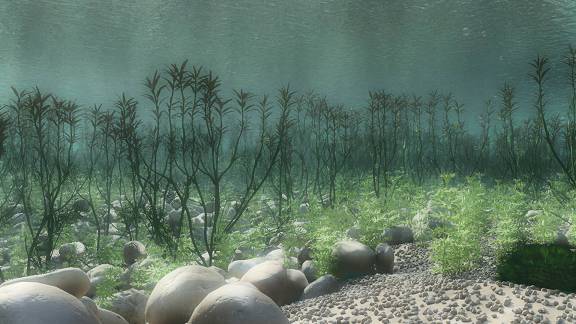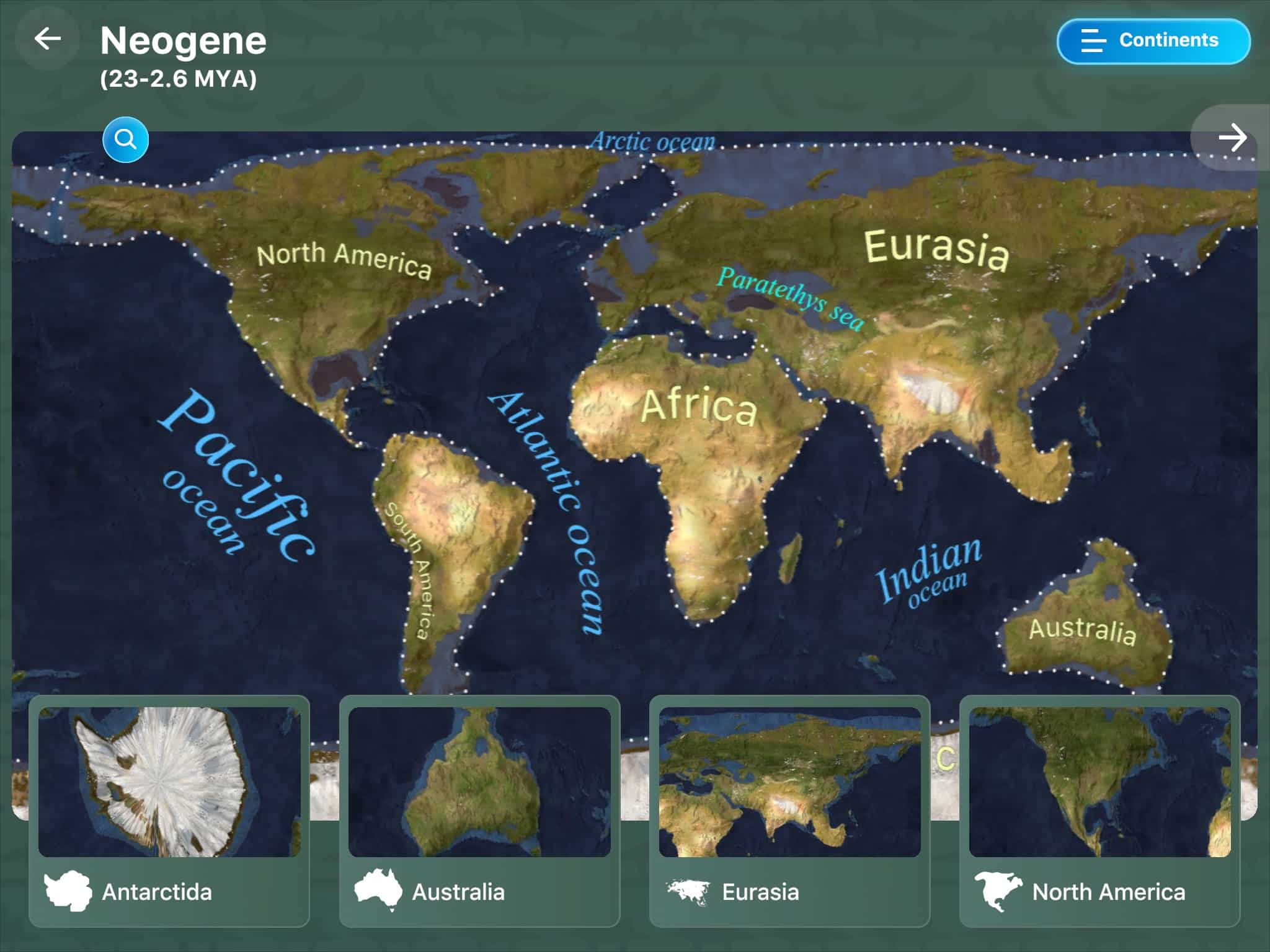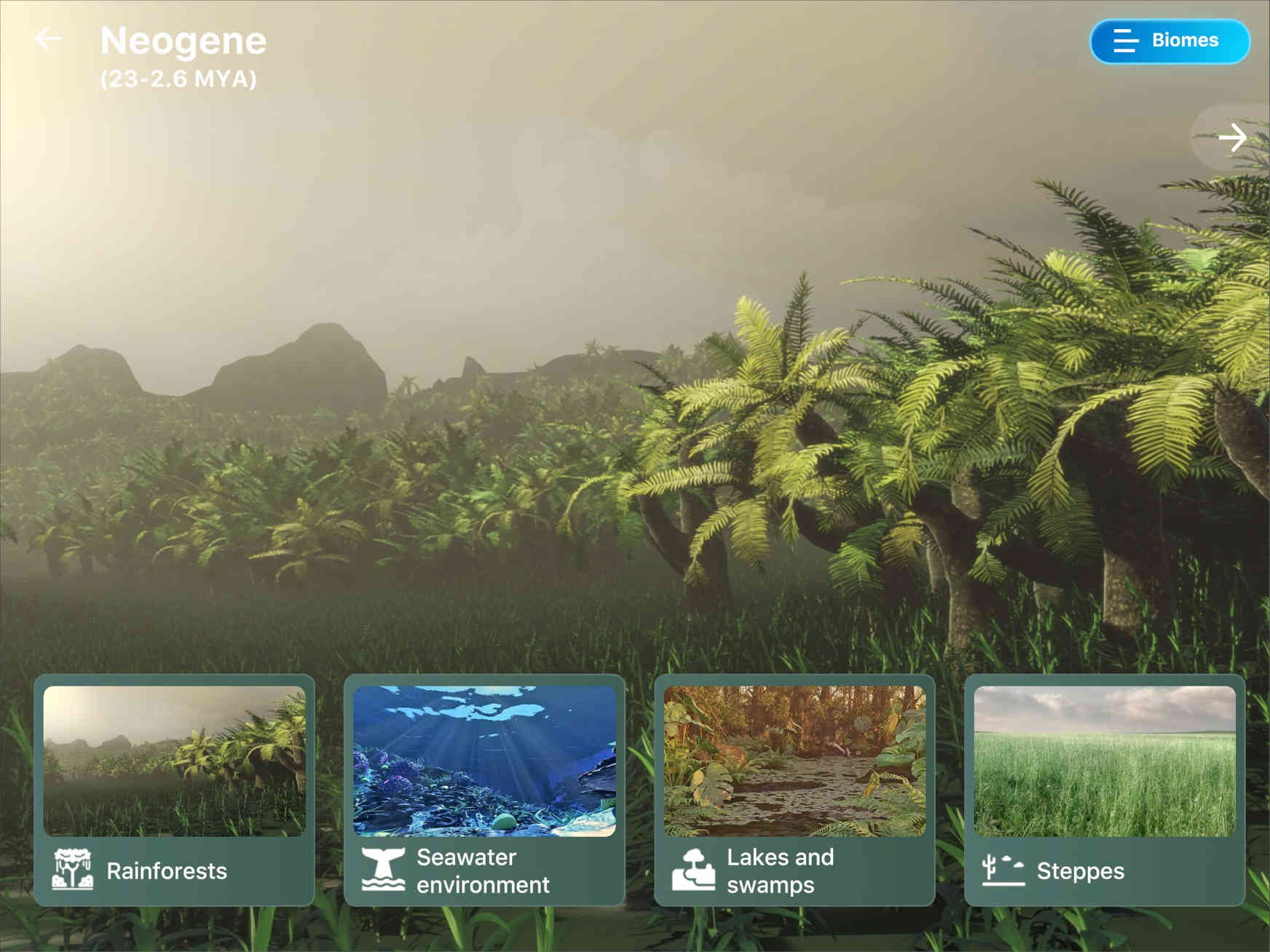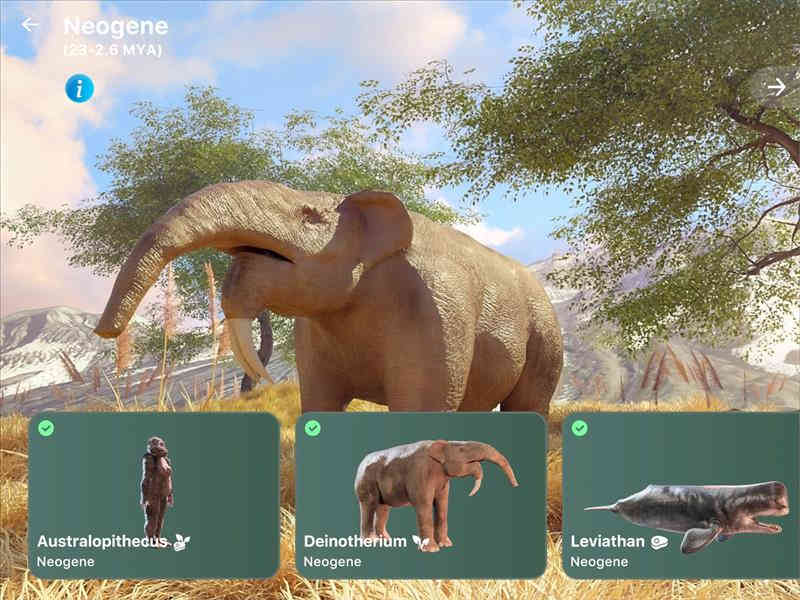Lakes and marshes
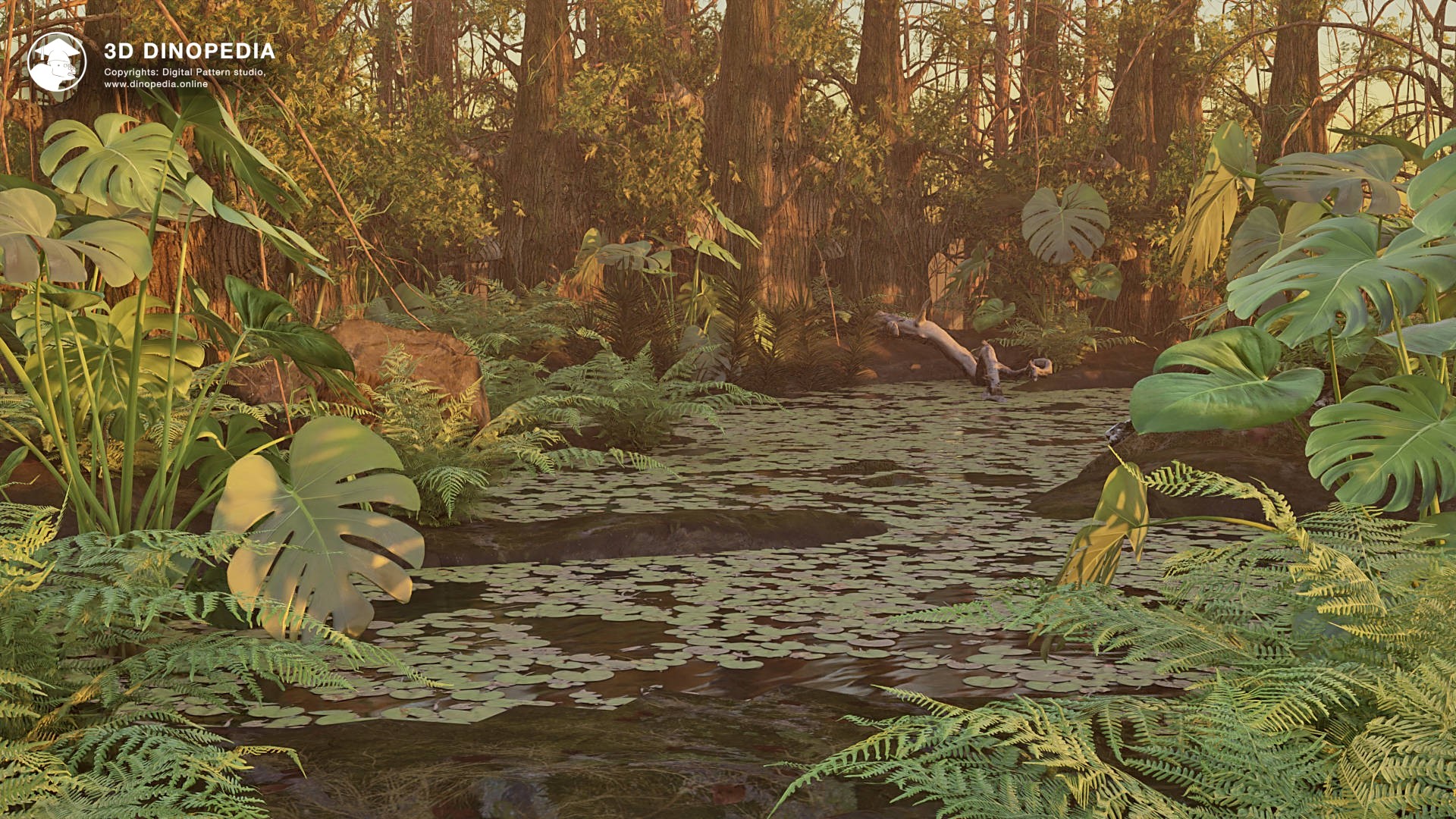
Lakes and swamps represent a special community of organisms. Aquatic inhabitants stand out for their ability to live in standing water with a high content of organic matter. The creatures living on the shores of lakes and swamps are extremely hygrophilous. At the same time, the soils near lakes, and especially swamps, are poor in minerals, which also creates certain difficulties for the development of flora.
During the Permian period, all continents were united into a single Pangaea, on which the most diverse biological zones were spread. Lake-swamp zones were spread along the western coast of the supercontinent (in the west of Canada, USA), as well as along the eastern coast (European part of Eurasia from the Urals to Germany and North Africa, North India, and north-west Australia).
The lakes of the Permian period usually had shallow and flat shores. Clay deposits could accumulate at the bottom. Some lakes had a very unusual origin - they were formed as a result of filling volca...
During the Permian period, all continents were united into a single Pangaea, on which the most diverse biological zones were spread. Lake-swamp zones were spread along the western coast of the supercontinent (in the west of Canada, USA), as well as along the eastern coast (European part of Eurasia from the Urals to Germany and North Africa, North India, and north-west Australia).
The lakes of the Permian period usually had shallow and flat shores. Clay deposits could accumulate at the bottom. Some lakes had a very unusual origin - they were formed as a result of filling volca...
 3D BIOMES
3D BIOMES
